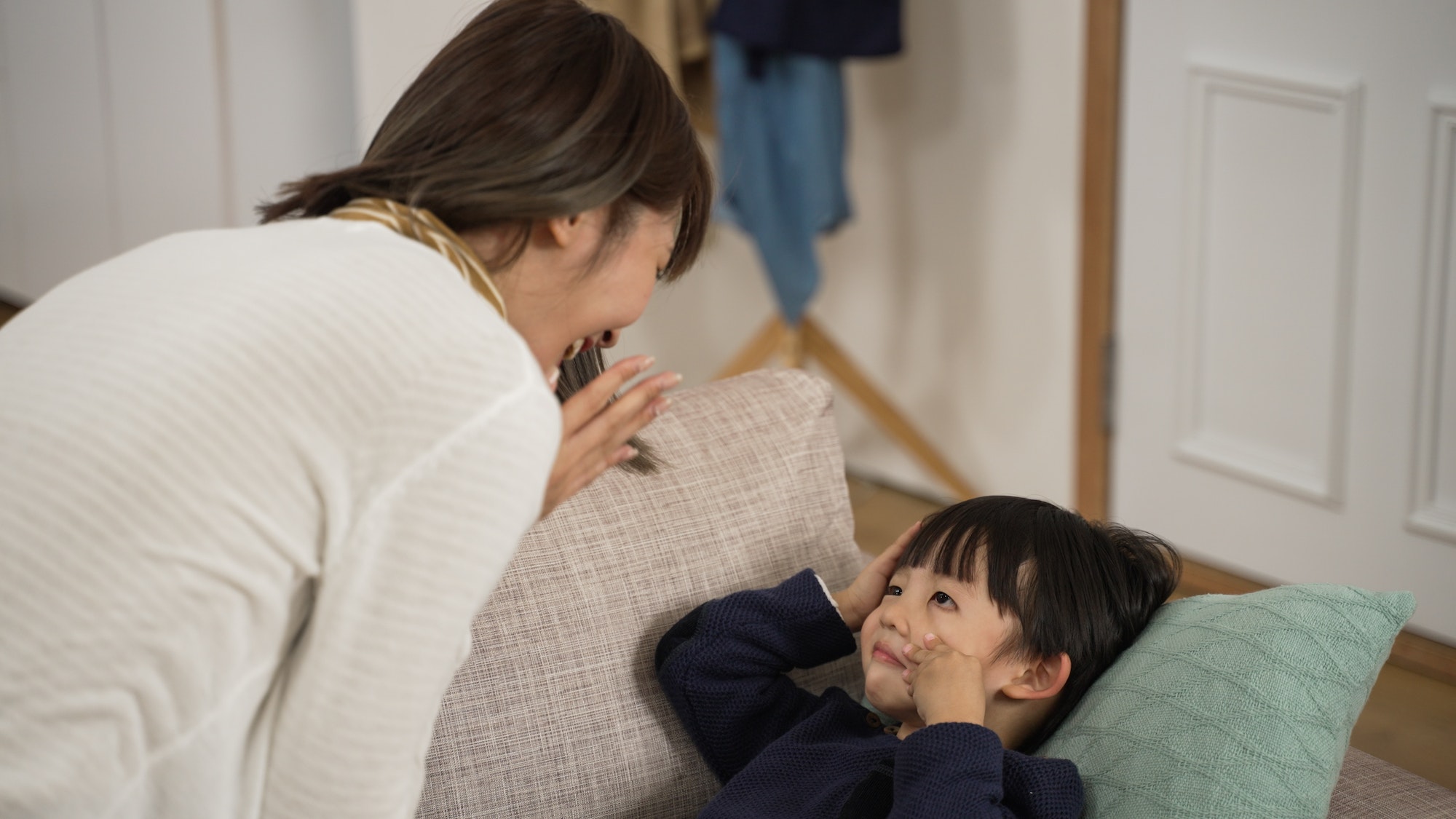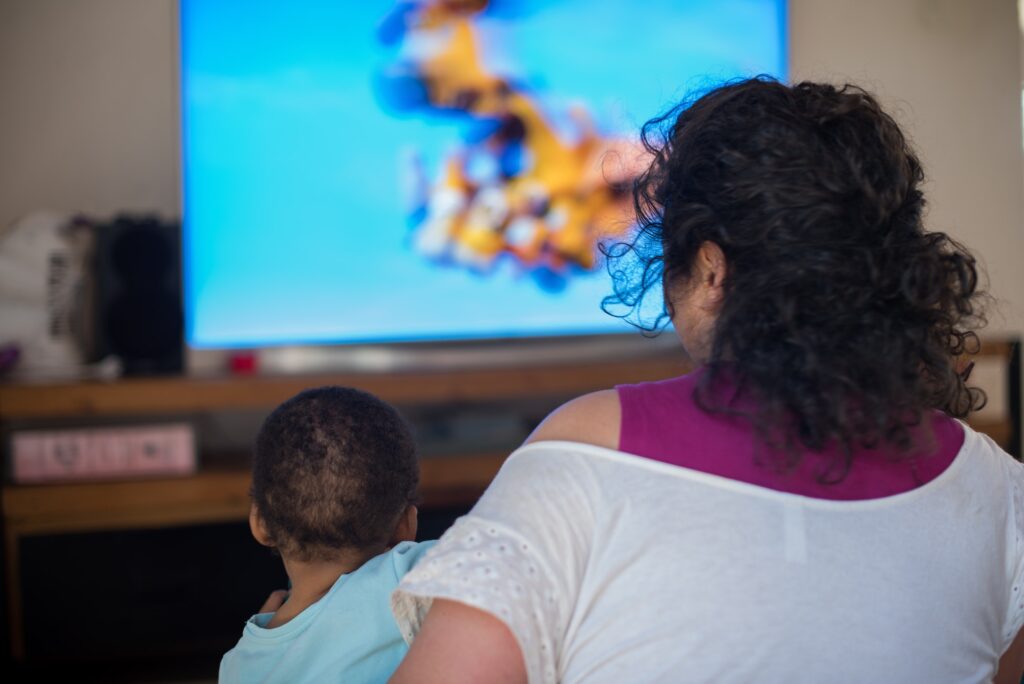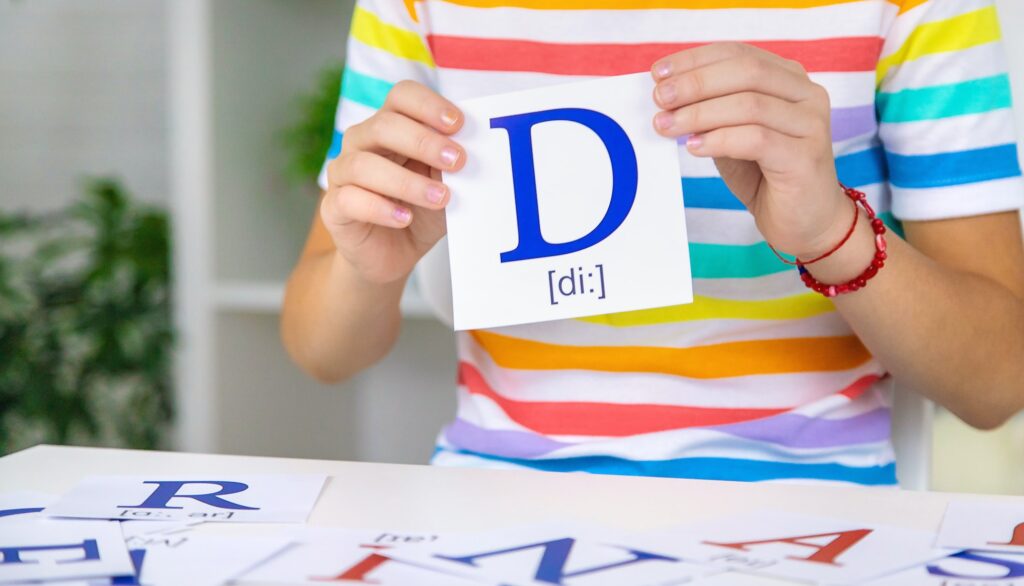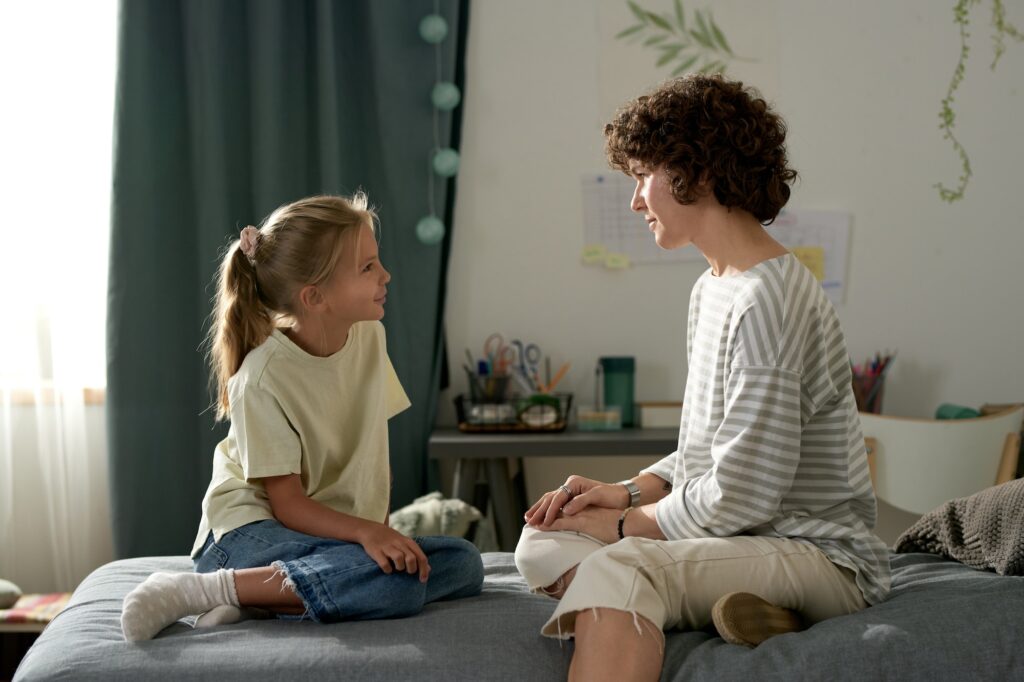Parenting
Tips for Non-Verbal Communication
Many Ways To Understand & Communicate
Communication plays a crucial role in caregiving. It’s how we understand when our little ones are hungry or upset. Some children with autism spectrum disorder (ASD) may not use words to communicate. However, that doesn’t mean they don’t want to express themselves. They still have thoughts and feelings they want to share, just in their own unique way. They might use movements, sounds or body language to get their message across. Remember– without words, there are plenty of ways to connect and understand your child.
Non-verbal children on the autism spectrum can employ various means to communicate with individuals in their vicinity. These communication methods include:

Sign Language or Makaton
Non-verbal children with autism can utilize Sign Language or Makaton, a communication system that incorporates signs and symbols.

Motor Gestures
Clapping, blinking, pointing, and other motor gestures can serve as modes of communication for non-verbal children with autism.

Vocalizations
Non-verbal children with autism may express themselves through sounds. For instance, they might emit squeals of joy or grunt when they feel stressed.

Tactile Communication
Touch can be a form of communication for non-verbal children with autism. For instance, they might touch someone's face to convey affection.

Guiding Hand Movements
Non-verbal children with autism might guide a person's hand toward the object or item they want attention drawn to, indicating their preferences or needs.
Tips for Effective Communication
We have compiled a collection of proven strategies for effectively communicating with non-verbal children with autism, enabling you to understand them, care for them, and nurture them to the best of your abilities.

Engage With Non-Verbal Cues
Non-verbal cues such as hand gestures and eye contact play a crucial role in body language communication that is universally understood. Smiling expresses happiness, open arms convey a welcoming attitude, pointing signifies attention required, and frowning indicates unhappiness. By emphasizing your hand gestures and maintaining eye contact while interacting with your non-verbal child, you can teach them vital body language skills that facilitate communication.

Foster Mutual Respect
Similar to the first tip, imitating specific sounds and behaviors can create a sense of connection and trust, even without verbal speech. This demonstrates your willingness to engage with them and assures them that you pose no threat. For example, if they express delight by squealing upon seeing a dog on television, join in their excitement with a similar squeal. If they arrange their toys in a straight line, imitate this behavior by lining up toys in the same manner.


Utilize Flashcards
Flashcards are a useful tool in non-verbal communication, helping you decipher your child’s emotions and needs more easily. They can also be employed to teach new words to a non-verbal child by displaying flashcards with corresponding images and pointing to the actual objects in the environment.

Learn Sign Language or Makaton
Learning and employing sign language or Makaton, which involves using hand gestures or symbols, not only assists non-verbal children in communicating but also empowers them to interact with others who use the same systems, fostering independence.


Maintain Verbal Communication
It is important to continue using verbal communication in the presence of your non-verbal child to help them feel included. Studies have shown that speech development can occur later in life.

Activities for Non-Verbal Children
Children with autism can find joy in a wide range of activities, such as engaging in sensory play, exploring nature, or pursuing their special interests. By providing opportunities tailored to their unique preferences and abilities, we can help them experience the same fun and fulfillment as any other child.

Movement & Music
Engaging in dance and music activities can provide a means of expression for non-verbal children with autism. Instead of relying solely on words, these activities allow them to convey emotions and connect with others on a different level. Encourage them to dance, listen to music, or explore different musical instruments, providing them with a unique perspective on the world.

Artistic Expression
Engaging in art-related activities such as playing with playdough, finger painting, or creating artwork can be both enjoyable and beneficial for non-verbal children with autism. These activities not only enhance their motor skills but also provide an opportunity to develop their creativity. You can reinforce their vocabulary by asking them to create specific objects using playdough or finger painting, using words like "banana" and encouraging them to depict it.

Support Groups
Look for local support groups specifically designed for children with autism, including those who are non-verbal. Interacting with other children who may have different non-verbal cues can be a valuable learning experience. Support groups provide an environment where children can make friends, build social skills, and boost their confidence. Reach out to your community to find relevant support groups or organizations.
Patience, Understanding & Flexibility
Fostering meaningful communication and promoting enjoyment for non-verbal children with autism requires patience, understanding, and a flexible approach. By incorporating visual supports, using alternative communication methods, embracing their individual interests, and creating a comfortable and inclusive environment, we can empower these children to express themselves and experience the joy of play. Remember, every child is unique, and by adapting our communication strategies to suit their needs, we can open up a world of fun, connection, and growth for non-verbal children with autism. Together, let’s celebrate their abilities, nurture their potential, and create moments of pure delight in their lives!
Guide Disclaimer
The information provided in this article is intended for general informational purposes only and should not be considered as professional advice or a substitute for medical, therapeutic, or educational guidance. Every child is unique, and what works for one child may not work for another. It is essential to consult with qualified professionals, such as doctors, psychologists, therapists, or educators, who can provide individualized recommendations and support tailored to your child’s specific needs.


